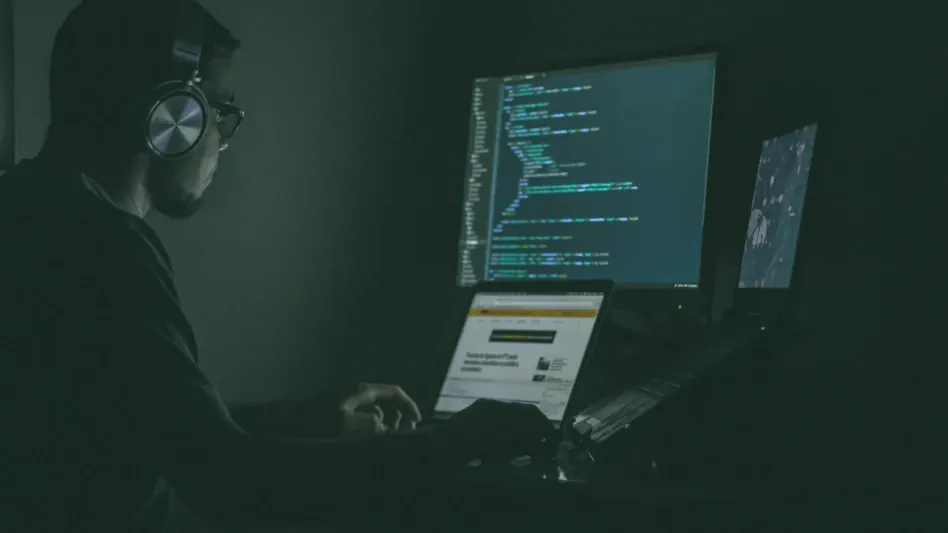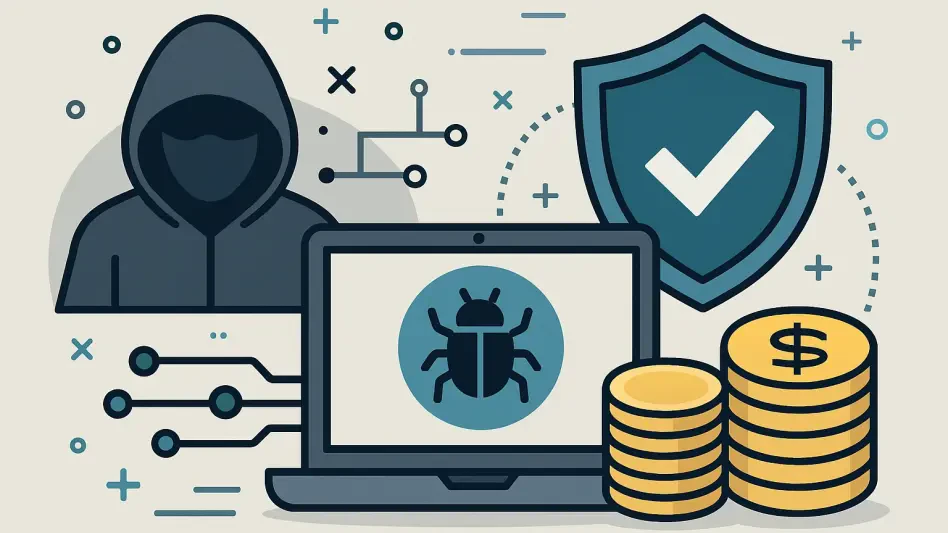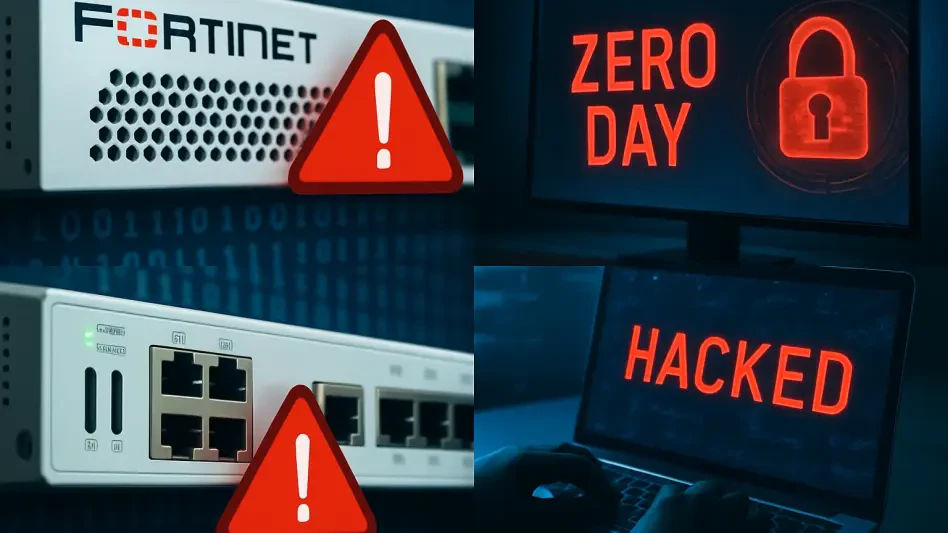The Hacker News has recently covered several prominent cybersecurity issues, including critical vulnerabilities, insider threats, sophisticated threat actor activities, and other emerging risks. These problems underline the need for organizations to continuously adapt and strengthen their defenses to keep pace with the evolving threat landscape. This article delves into these pressing challenges and offers insights into how enterprises can enhance their security measures to protect their assets effectively.
Understanding the Next.js Vulnerability
A significant vulnerability in the widely-used React framework, Next.js, has been disclosed. Identified as CVE-2025-29927, this high-severity flaw allows attackers to bypass middleware authorization checks under specific conditions, posing a substantial risk to self-hosted applications. The vulnerability stems from the internal header x-middleware-subrequest used by Next.js to prevent recursive requests. In certain cases, unauthorized requests can bypass critical validation checks, including authorization cookie validation, creating potential security gaps.
While applications hosted on popular platforms such as Vercel and Netlify are unaffected, this vulnerability underscores the importance of rigorous authorization checks and the necessity for timely patching. To mitigate this risk, developers are urged to update to the latest versions, with official patches released for versions 12.3.5, 13.5.9, 14.2.25, and 15.2.3. For those unable to apply patches immediately, it’s vital to prevent external user requests from reaching internal routes, ensuring unauthorized access does not occur.
Insight into Insider Threats
Insider threats continue to pose a significant risk to organizations, often stemming from negligence or malicious intent by authorized personnel. The implications of such threats are vast, leading to both substantial financial and reputational damage. As reported in Verizon’s 2024 Data Breach Investigations Report, a substantial portion of data breaches involve human error, demonstrating the ongoing relevance of this threat vector.
Privileged Access Management (PAM) is critical in mitigating insider threats. By controlling and monitoring access to critical systems, organizations can reduce the risk of misuse and bolster their overall security posture. PAM allows for the establishment of stringent controls over who can access sensitive information and systems, enabling the detection and prevention of inappropriate activities by insiders. Implementing such measures is essential to protect against both inadvertent mistakes and deliberate sabotage.
The Persistent UAT-5918 Threat
A sophisticated threat actor known as UAT-5918 has been targeting Taiwan’s critical infrastructure since 2023, focusing on information theft through long-term access. Their advanced techniques involve the use of web shells and open-source tools post-compromise, such as the establishment of persistent backdoors to maintain access over prolonged periods. This allows them to continuously extract valuable information and execute further malicious activities.
UAT-5918’s activities are not restricted to critical infrastructure; they also target sectors including IT, telecommunications, academia, and healthcare. The group’s tactics align with other known Chinese APT groups, underscoring the persistent nature of such cyber threats. By leveraging both custom and publicly available tools, UAT-5918 can effectively blend into the environment and avoid detection, highlighting the necessity for advanced security measures and continuous monitoring to counteract these sophisticated threats.
Common Oversights in Network Penetration Testing
Despite the deployment of advanced security measures such as firewalls and endpoint protection, many organizations remain vulnerable due to overlooked security gaps. Vonahi Security’s vPenTest platform has revealed that 50% of identified issues arise from misconfigurations, while 30% result from outdated patches and weak passwords. These vulnerabilities create opportunities for attackers to exploit, allowing them to gain access, move laterally within networks, and escalate privileges.
Comprehensive and regular penetration testing is essential for identifying and remediating these hidden security gaps. By simulating real-world attacks, penetration testing helps organizations uncover and address weaknesses in their security posture. Emphasizing the importance of updating patches, strengthening authentication mechanisms, and consistently reviewing access control configurations can significantly reduce the likelihood of successful exploitation by cyber adversaries.
Collaboration Between Head Mare and Twelve
Kaspersky researchers have identified a potential collaboration between two threat activity clusters, Head Mare and Twelve, targeting Russian entities. These groups have been observed using tools and C2 servers associated with each other, indicating coordinated campaigns. Leveraging known vulnerabilities, such as CVE-2023-38831 in WinRAR, they deliver malware and deploy ransomware, including notable families like LockBit for Windows and Babuk for Linux.
The collaboration between these threat actors emphasizes the need for robust security measures and constant vigilance against sophisticated and coordinated cyber attacks. By combining resources and expertise, Head Mare and Twelve can enhance their capabilities and execute more effective operations, posing significant challenges for traditional defense mechanisms. Organizations must adopt a multifaceted approach to cybersecurity, incorporating threat intelligence and proactive monitoring to defend against these complex threats.
Supply Chain Compromises in GitHub Actions
A recent warning from the U.S. Cybersecurity and Infrastructure Security Agency (CISA) highlights a supply chain compromise involving the GitHub Action tj-actions/changed-files. This high-severity flaw, identified as CVE-2025-30066, allows attackers to access sensitive data through actions logs by exploiting embedded malicious code. This can uncover secrets such as AWS access keys, GitHub PATs, npm tokens, and private RSA keys, posing a substantial risk to affected projects.
The incident underscores the critical importance of monitoring and securing the software supply chain to prevent cascading attacks that can compromise organizational security. By implementing stringent access controls and continuous monitoring, organizations can better safeguard their development environments from supply chain risks. Additionally, regular audits and vulnerability scans can help detect and mitigate issues early, reducing the potential impact of such compromises.
Long-Standing Windows Zero-Day Exploitation
An unpatched zero-day vulnerability in Microsoft Windows, tracked as ZDI-CAN-25373, has been actively exploited by state-sponsored groups since 2017. This vulnerability allows for hidden command-line execution using specially crafted Windows Shortcut (.LNK) files, posing significant risks for data theft and espionage. The exploitation techniques involve inserting hidden command-line arguments to execute payloads, making detection difficult.
The active exploitation by state-sponsored groups from countries such as China, Iran, North Korea, and Russia underscores the urgency for swift remediation and enhanced protective measures against zero-day vulnerabilities. Organizations must prioritize the implementation of comprehensive security strategies, including the timely application of patches and the use of advanced detection mechanisms to identify and mitigate these threats before they can cause significant harm.
Severe AMI BMC Vulnerability
A critical vulnerability, CVE-2024-54085, in AMI’s MegaRAC Baseboard Management Controller (BMC) software highlights the risks associated with firmware-level attacks. This flaw allows attackers to bypass authentication and control compromised servers remotely, with the potential for significant damage. Identified with the maximum severity score of 10.0, exploitation can lead to the deployment of malware, firmware tampering, and potentially causing physical damage to server components.
Organizations must prioritize timely patching and deploy comprehensive security measures to protect against firmware vulnerabilities that can have devastating consequences. This includes employing robust monitoring solutions to detect unusual activity and implementing strict access controls to limit exposure. By proactively addressing these vulnerabilities, enterprises can better safeguard their critical infrastructure and mitigate the risks posed by sophisticated attackers.
Vigilance Against Evolving Cyber Threats
The Hacker News has recently highlighted several significant cybersecurity issues, such as critical vulnerabilities, insider threats, advanced threat actor activities, and other emerging risks. These challenges emphasize the imperative for organizations to continually adapt and bolster their defenses to cope with the evolving threat landscape.
The good news is this article not only examines these urgent challenges but also provides valuable insights into how businesses can improve their security measures. By doing so, they can more effectively safeguard their assets. Given the rapid pace of technological advancements and the increasing sophistication of cyber threats, it’s vital for enterprises to stay proactive and vigilant. Regular updates to security protocols, comprehensive employee training, and investing in cutting-edge security technologies are essential strategies for maintaining strong defenses. In this fast-changing environment, organizations must prioritize cybersecurity to ensure robust protection against potential attacks.








